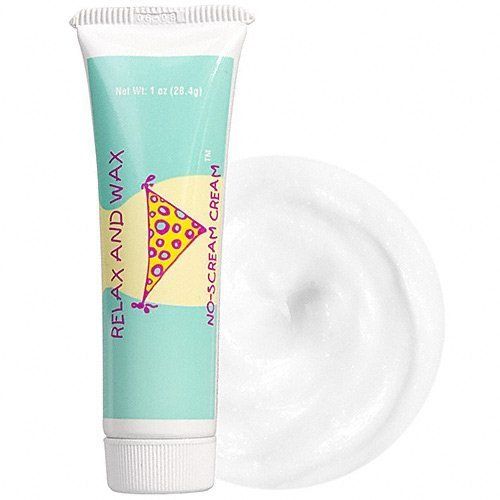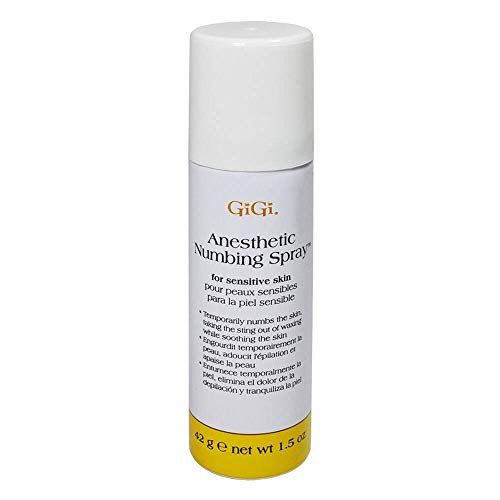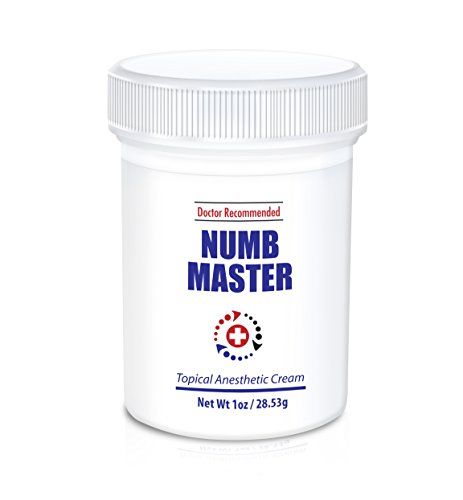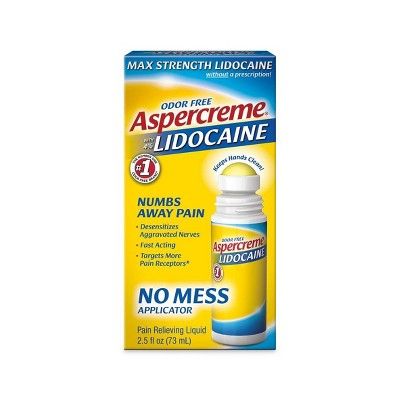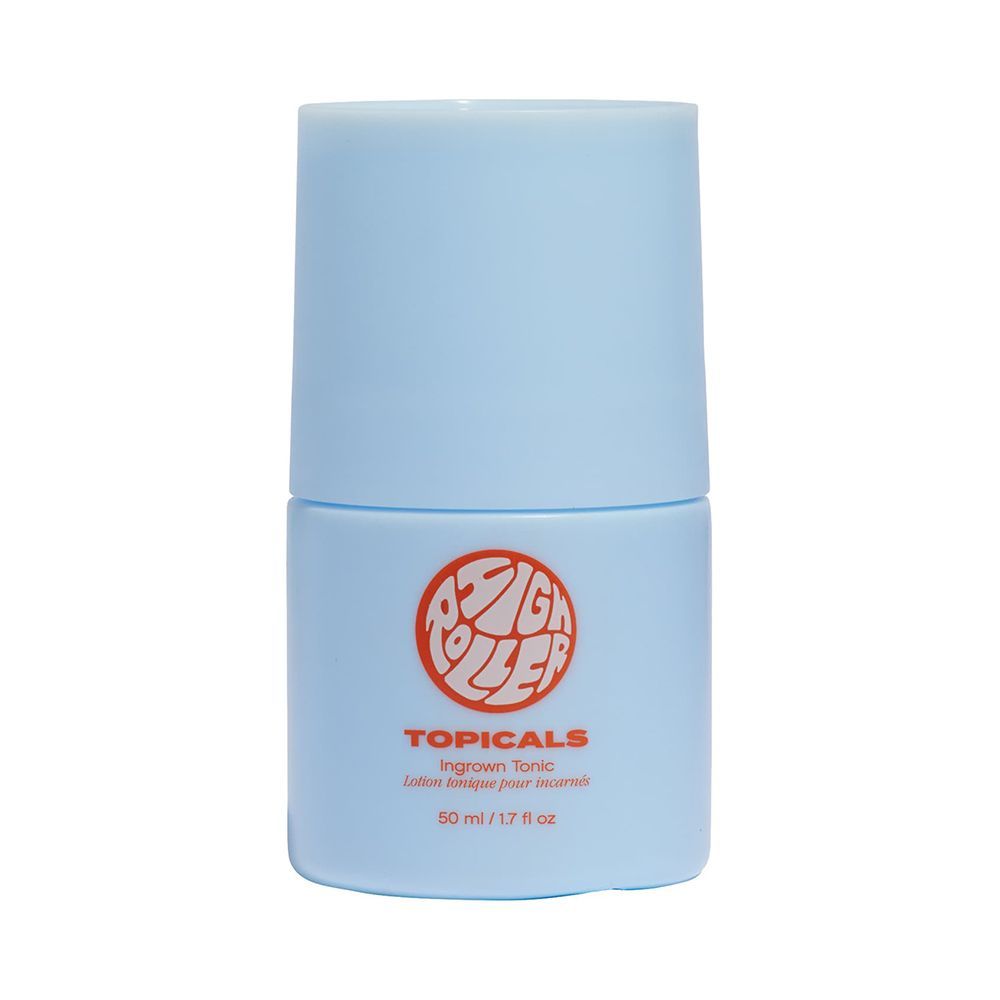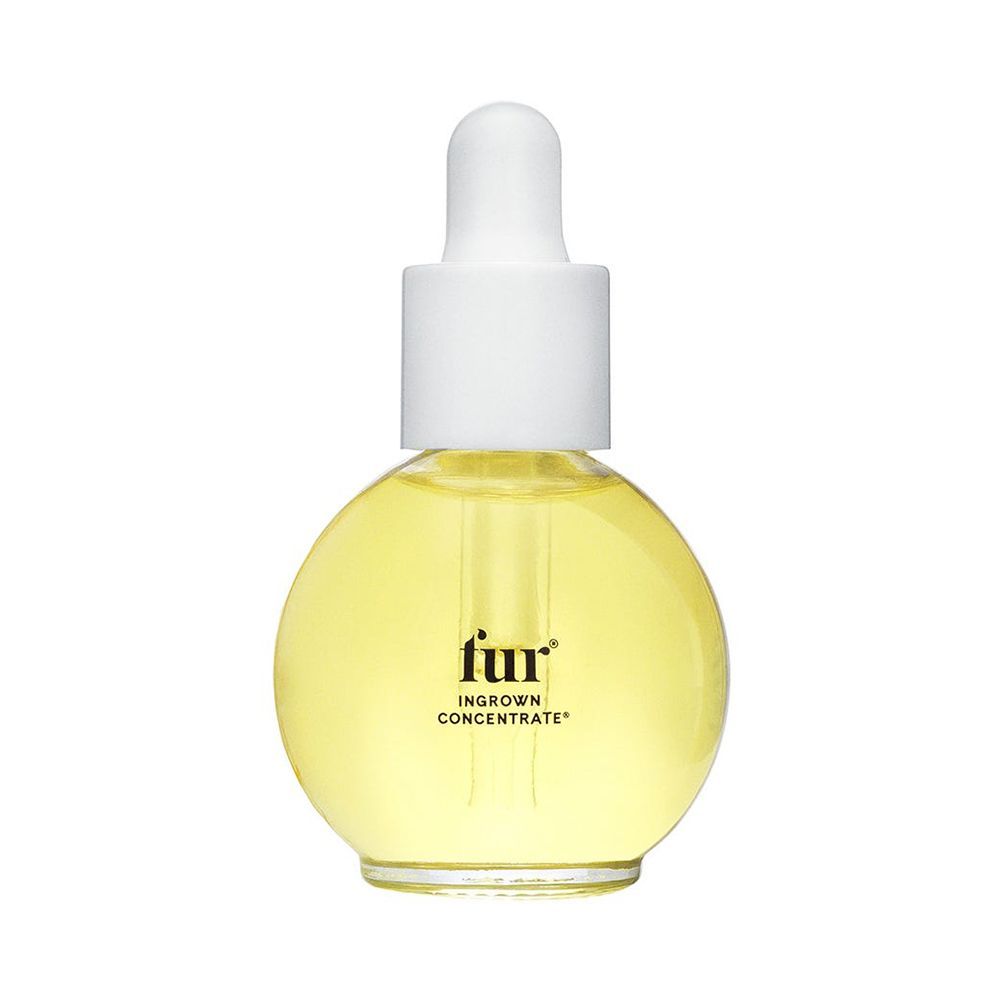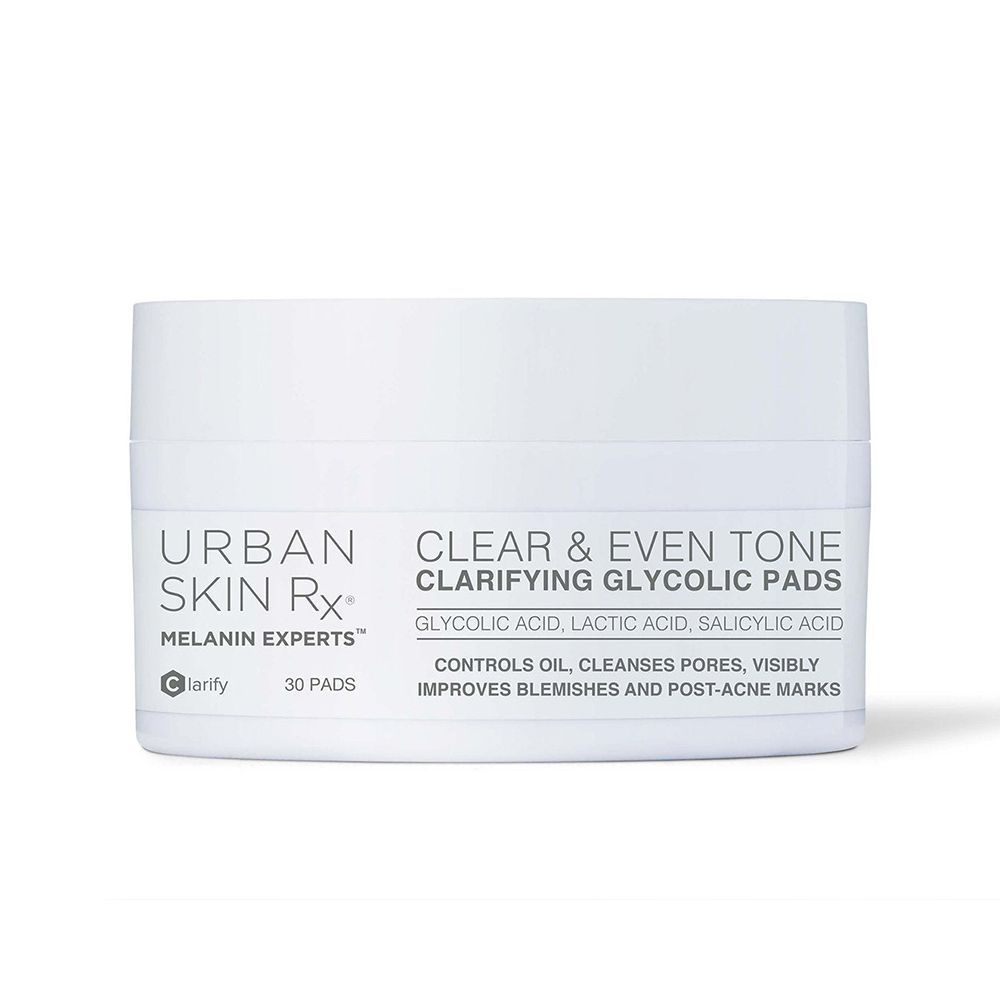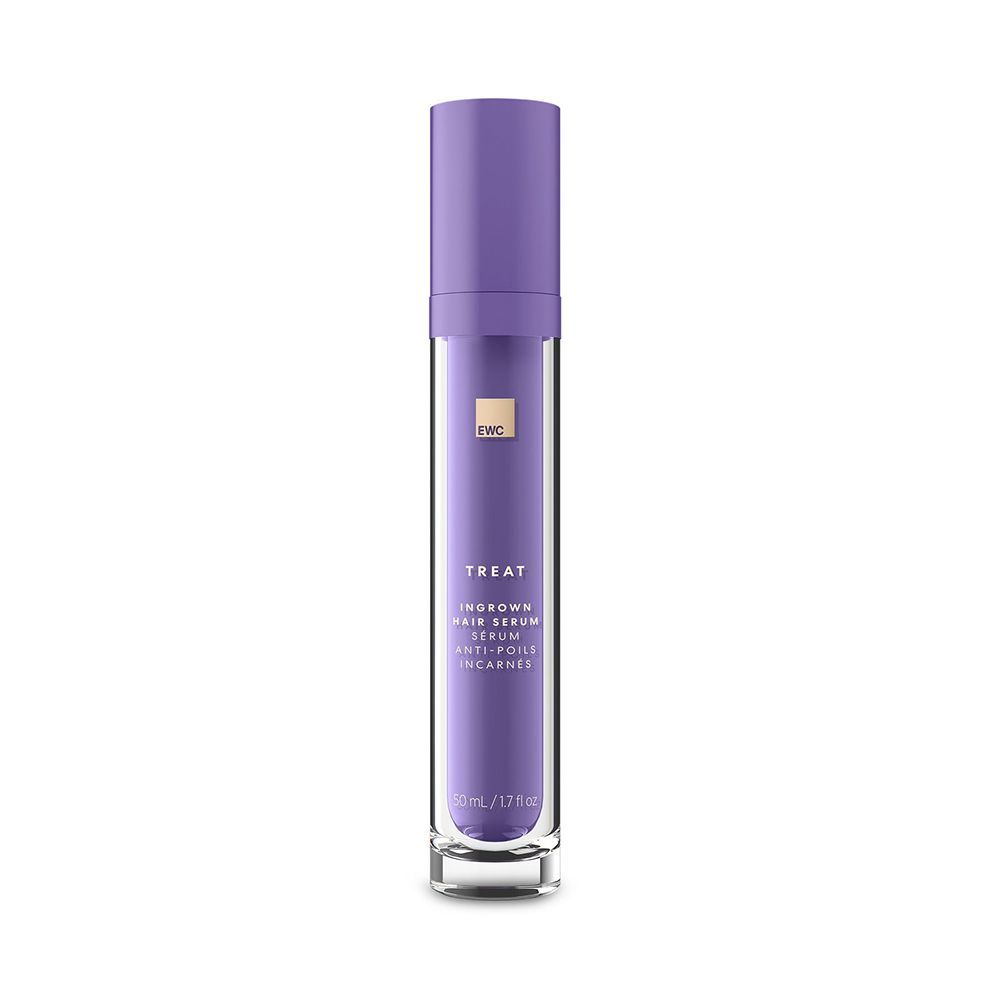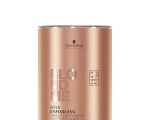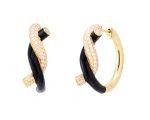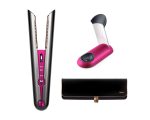It’s that time of the month again. No, not the dreaded (albeit, welcomed?) visit from Aunt Flo. The time has come to remove the hair from your pube region, and the options are endless. You can opt for a razor, but then comes the risk of ingrown hairs. Depilatory creams are an easier method, although they can sometimes burn and aren’t always suitable for sensitive skin. If you’re anything like me, you’ve toyed with the idea of a Brazilian wax but always heard horror stories of how painful it could be. Still, that didn’t deter me from booking an appointment. If one session could give me perfectly smooth, hairless skin, it couldn’t be that bad, right? Will my leg be suspended in the air a la Carrie Bradshaw in the Sex and the City episode? Well, I was about to find out.
My first Brazilian wax experience
Conjuring up the courage to get a Brazilian was a challenge in itself. For my first big-girl wax, I trekked to my local European Wax Center, the popular beauty haven for all who desire to be hairless from head to toe. With a sudden wave of fear rushing through my body, I immediately switched my initial Brazilian appointment for a bikini line wax. I became the laughingstock of my group chat that day—I couldn’t go out like that. On a mission to redeem myself, I switched back to a Brazilian wax and my wax specialist, Christine, was incredibly understanding.
I was instructed to remove my pants and lie down on the red waxing table with my knees bent and legs apart—butterfly style. After applying a cleaning solution to my private area, followed by sprinkling powder to keep the area dry and free of any sweat (from my nerves, obviously), I peered over my bent knee to watch Christine stir the wax until it was hot and ready to be applied on my skin. “This was a good idea,” I kept reassuring myself, as she gently swiped the hot purple wax onto my skin, and boy, was it hot. I’m no glutton for pain, so I shrieked and winced when she ripped off the initial glob of melted wax.
Unlike waxing eyebrows, chins, and underarms, Brazilian waxing doesn’t require paper strips. However, the more she waxed, the easier it was to bear the pain because we developed a little system: inhale as the wax is applied to your skin, and exhale when it’s time to remove. Christine then applied European Wax Center’s Smooth Me Ingrown Hair Serum to calm the skin. What felt like a lifetime of agony only turned out to be a 20-minute session, but I’d be lying if I said I would not return. In fact, I have already booked my next appointment.
If you, too, are a wax newbie and curious about the procedure, I polled Nicole Sandoval, senior director of learning, development, and field training at European Wax Center, as well as their wax specialist Christine, on everything you need to know before getting a Brazilian wax.
What is a Brazilian wax, exactly?
There’s a bikini wax, where the hair on the sides and top area along the bikini line is removed, and then there’s a Brazilian, which leaves your entire pubic area bare (!). A Brazilian wax removes all the hair from your bikini area (top, sides, and front) and those hard-to-reach areas in the back. Simply put: everything goes. You can opt to leave a “landing strip” or a triangle; the choice is up to you.
Does a Brazilian wax hurt?
Any procedure requiring hair removal from follicles will be an unpleasant experience. “The good news is when you start waxing consistently, what we’re doing is training the hairs to come out at the same time so they can grow in at the same time,” Christine says. “The first time hurts the worst, especially if you’ve been shaving, but once your hair structure starts changing because of waxing, it becomes so much easier and less painful.”
What’s better: Hot wax or strip wax?
“Strip wax adheres to the top layer of the skin and the hair. When that comes off, it takes the top layer of skin as well, which is why it’s so painful,” Christie says. “That causes redness, swelling, irritation, etc. Hard wax, which we use, only adheres to the hair, so it’s more gentle for sensitive skin.”
European Wax Center developed its own solution aptly titled Comfort Wax. “It removes hair effectively with minimal pain while also being gentle on the skin, ensuring the most comfortable waxing experience. Honey waxes can be messy, painful on long hair, and if not at the proper temperature, can burn the skin,” Sandoval adds.
How can you prep for a Brazilian wax?
Pop an ibuprofen before your arrival. I didn’t and felt every rip! “Wear loose-fitting clothes,” Christine suggested. I didn’t. “To prepare for your wax, we recommend hair be at least ¼” long (about the size of a sprinkle). Don’t worry; your hair can never be too long to come see us,” Sandoval warns.
It’s also wise to exfoliate your skin using an oil-free formula, as oil-based products can make it difficult for the wax to adhere to the hair properly. “Avoid alcohol and caffeine the day of your reservation. It may seem like a good idea to have a drink to calm the nerves, but alcohol thins the blood, which actually causes a more painful experience. Caffeine leads to more skin sensitivity and can also up the pain during a wax. It’s best to be well hydrated so the skin allows for the hair to be removed easily,” Sandoval offers.
“Also, bringing a new pair of underwear is better than re-wearing the one you’ve been wearing all day.” While you may be tempted, don’t shave! “When you’re shaving, the hair is cut down to different levels, which makes it harder for the wax to grip. If you shave even once after getting a wax, it’s like starting all over again,” Christine explains. After a wax, it takes about three to four weeks for the hair to grow back.
In addition to taking ibuprofen, apply numbing cream or spray. Apply the cream about 30-40 minutes before your appointment to help dull hair removal pain.
Can you wax on your period?
While your skin may be super sensitive during this time, you can absolutely wax on your period. “As long as you’re wearing a tampon in because there is more blood flow to that area of your body, the skin will be extremely sensitive, as everything is during your menstrual cycle,” explains Christine.
How long does a wax last?
It takes about three to four weeks for your hair to start growing back (this can be longer or shorter, depending on the person). Christine also suggests allowing your hair to grow at least as long as the length of a rice grain before scheduling an appointment.
“A consistent waxing schedule when combined with the proper aftercare, such as our EWC’s SlowTM Collections, can slow the regrowth of hair,” Sandoval explains. The Slow collection by EWC contains ingredients that minimize hair growth and softens the hair. “One ingredient we use in particular is Narcissus Tazetta Bulb Extract, which aids in attacking the regrowth of hair at the root. This means that the technology only works on skin that has been waxed or plucked because waxing pulls hair out directly from the root, versus shaving, which simply cuts it off at the skin’s surface. Hair grows in at different rates, but after you’ve waxed and hair is coming in as regrowth, regular use of any product that contains this technology will work at the root so the hair grows back thinner & finer than it was before,” she adds.
How do you prevent ingrown hairs after a fresh wax?
“It’s important to exfoliate every other day because you need to get that dead skin off the surface, or it will get trapped into the hair follicles and block the hair from growing out. This is how ingrown hairs are created,” Christine notes. “Avoid sweaty activities, sun exposure, public pools, or jacuzzi, having sex, and showering with very hot water [immediately] after getting a wax.”
Sandoval suggests using lukewarm or cool water when showering post-wax, as showering in steaming hot temperatures can dehydrate the skin. “Also, remember that your skin is freshly exfoliated from your wax, so don’t use any harsh soaps or body washes that contain too many oils or leave a film on your skin,” she advises. Instead, Sandoval recommends using soothing and calming antibacterial or anti-inflammatory ingredients like tea tree oil, aloe vera, chamomile, or green tea, many of which can be found in the EWC Slow collection. Even better, EWC will release its new Ingrown Hair Mist on May 5.
Why trust ELLE Beauty?
Nerisha Penrose is the Beauty Commerce Editor at ELLE.com. Since joining ELLE.com in 2017, she has interviewed countless skincare professionals and has personally tested the latest and greatest products across makeup, skincare, and hair care.

Beauty Commerce Editor
Nerisha is the beauty commerce editor at ELLE.com, covering all things beauty (and fashion and music). She has a penchant for sneakers and nude lip glosses, and spends way too much time re-watching 90s sitcoms.

Starr Savoy is a fellow at ELLE.com, where she writes about celebrity, culture, beauty, and fashion. When she is not working, you will find her pumping iron at the gym, watching Netflix’s latest phenomenon, and indulging in retail therapy.
